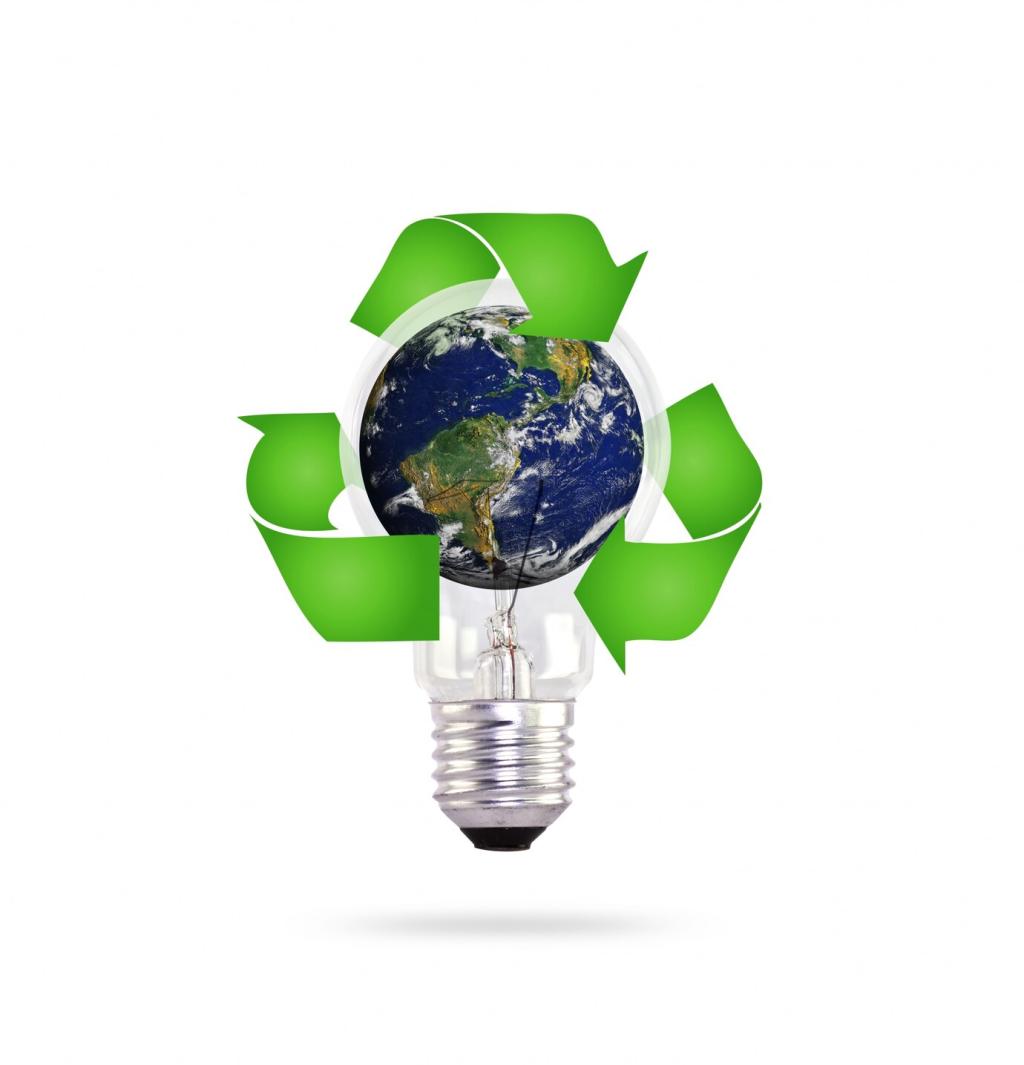
Sustainable Fashion Production Technologies
In the dynamic world of fashion, sustainability has taken center stage as consumers, designers, and brands focus on creating environmentally responsible products. Sustainable fashion production technologies are shaping the industry, enabling manufacturers to reduce environmental footprints, conserve resources, and adopt innovative practices. These advancements address challenges ranging from excessive waste to pollution and unethical labor. By reimagining traditional processes and integrating new methods, fashion companies are transforming the supply chain to promote not only ecological well-being but also economic and social justice.
Eco-Friendly Materials and Fabric Innovations
Plant-Based Fibers and Regenerated Textiles
Harnessing the potential of plants in textile production has resulted in both the resurgence of traditional fibers like organic cotton and linen, and the emergence of engineered alternatives such as bamboo and hemp. Furthermore, regenerated textiles like lyocell and modal are revolutionizing the market with their efficient closed-loop manufacturing processes that significantly reduce water and chemical usage. Brands are investing in materials derived from agricultural waste or fast-growing plants, which can decompose naturally at the end of use. Such innovations minimize reliance on petroleum-based synthetics and offer a promising path towards circularity and biodegradability in fashion.


Recycled Materials and Circular Textiles
Recycling technology is enabling the conversion of post-consumer waste, like discarded plastic bottles and old garments, into new high-quality fibers. Polyester created from recycled PET and regenerated nylon are gaining popularity among eco-conscious brands, offering an alternative to virgin materials without compromising performance. The process often involves advanced mechanical or chemical recycling methods to break down waste and remanufacture it into new fabric, thereby closing the loop and extending the lifecycle of raw materials. This approach not only reduces landfill waste but also conserves resources and curtails carbon emissions.

Energy and Water Efficient Manufacturing Processes
Traditional textile dyeing is water-intensive and often responsible for significant chemical pollution. Responding to this, innovators have developed waterless dyeing methods using supercritical CO2 or digital pigment application. These practices use minimal to no water and drastically reduce the amount of effluent produced, while enhancing colorfastness and design precision. Brands adopting such technologies can deliver rich, vibrant colors without the environmental cost, setting a new standard for responsible fabric finishing that protects rivers and water sources worldwide.
3D modeling allows designers to create, adjust, and visualize garments virtually before they’re ever produced, eliminating the need for physical samples in early development stages. Virtual prototyping reduces waste from unnecessary sample production, while accelerating the design cycle. Advanced software enables accurate fittings, color adjustments, and material simulations, minimizing costly errors and revisions. By streamlining the creative process through digital tools, fashion brands can bring products to market faster with a markedly smaller environmental footprint.

